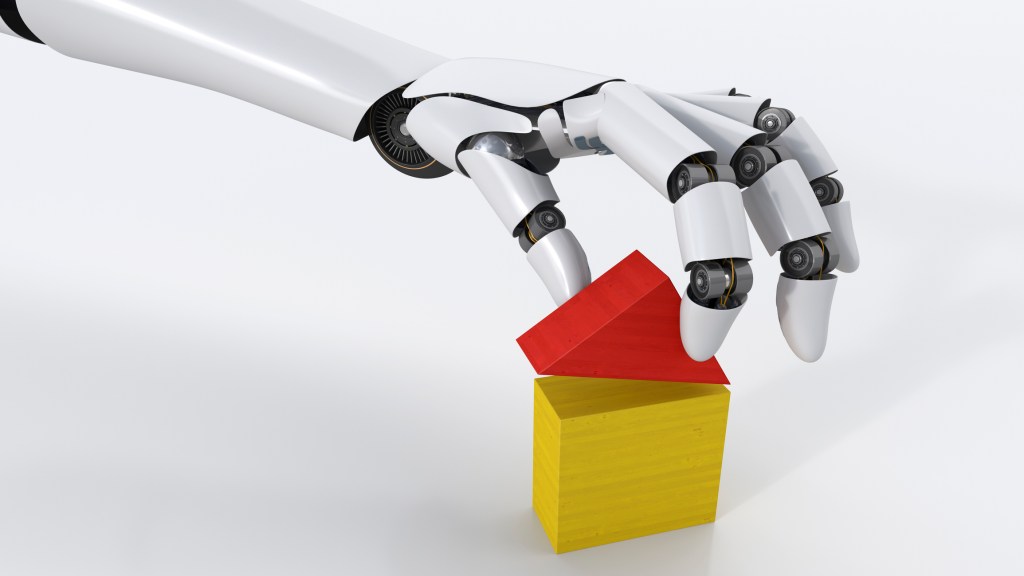Construction as an industry has evolved with civilization through the ages. But today, it’s one of the few industries that has one foot firmly planted in the past, even as the other tries to step into the future. Construction’s digital transformation journey is only just beginning, and the sector offers a ton of space for innovation.
To get a clear picture of where construction tech stands today, we spoke with five active investors in the space. And the overall consensus seems to be that the pandemic was a big boost to innovation as stakeholders realized the need to observe and direct work remotely.
“Due to the pandemic, many contech workers were unable to freely visit their job sites and realized they had less visibility than they’d like into what was happening onsite. For an industry that has historically been averse to tech, feeling this pain point was a real catalyst for adoption. Across segments, we’ve seen field workers become more open to exploring digital platforms and to the ROI they can deliver to projects,” said Nikitas Koutoupes, managing director at Insight Partners.
The pandemic wasn’t the only challenge to hit the construction industry. The rising cost of raw materials coupled with a major labor shortage has left the industry scrambling for solutions to bridge these gaps.
According to Sungjoon Cho, general partner at D20 Capital, the usage of technology will be critical to counterbalance labor shortages.
“Software tools are needed to increase efficiency, transparency and accountability,” he said. “Robotics are needed to automate dangerous and repetitive tasks. And creative solutions are needed to ensure construction projects have access to the right talent at the right time. Although the concept of remote work is still a novel idea in the construction industry, we believe that opening up certain jobs to remote talent will open the door to increased efficiency and a broader talent pool — as we have seen in many other industries.”
Some of the investors we spoke to see more scope in commercial construction, while others favor residential housing. All the investors, however, did agree that the sector’s biggest developments lie in automation, data collection and data analysis.
For Suzanne Fletcher, venture partner at Prime Movers Lab, automation is the obvious solution to the labor shortage issue. “Automating new home construction is going to have an enormous impact on the production housing industry. For example, Diamond Age’s robotics-as-a-service system combines 3D printing, mechatronics and robotics to backfill the massive labor shortage and drive construction cycle times down,” she said.
Momei Qu, managing director at PSP Growth, believes the sector will adopt more tech in the next five to 10 years: “In the long run (five to 10 years), there will be game-changing innovations around new materials, automation techniques and robotics that could fundamentally change how things are built and create a better, safer environment for those in the industry, which will hopefully also help with the labor shortage. I often look out my window at construction sites and think: ‘Humans should not be doing that.’”
Governments and legislation do have a role to play in helping modernize the construction industry as well. The Infrastructure Investments and Jobs Act passed this year in the U.S. is expected to be beneficial to innovation in the industry.
But Heinrich Gröller, partner at Speedinvest, feels governments will need to get more involved to ensure that the construction industry heads in the right direction, especially in terms of environmental impact.
“Governments, not only in the U.S. but also in Germany, for example, will play a huge role,” he said. “There is a massive backlog in infrastructure investments that now need to be pushed forward, which will trigger massive investments. There is a clear tendency to make building information modeling compulsory for public construction projects. And there will be continued and growing pressure from governments to measure and minimize environmental impact and carbon footprint going forward — be it with recycling quotas or carbon emission targets. All of the above will create new tech solutions and enable many existing ones to finally take off.”
Read the full survey for more in-depth answers by these investors about the opportunities and issues in construction tech. They also discuss the investments that they’re interested in making in construction tech, as well as the best way to approach them.
5 construction tech investors analyze 2022 trends and opportunities































Comment